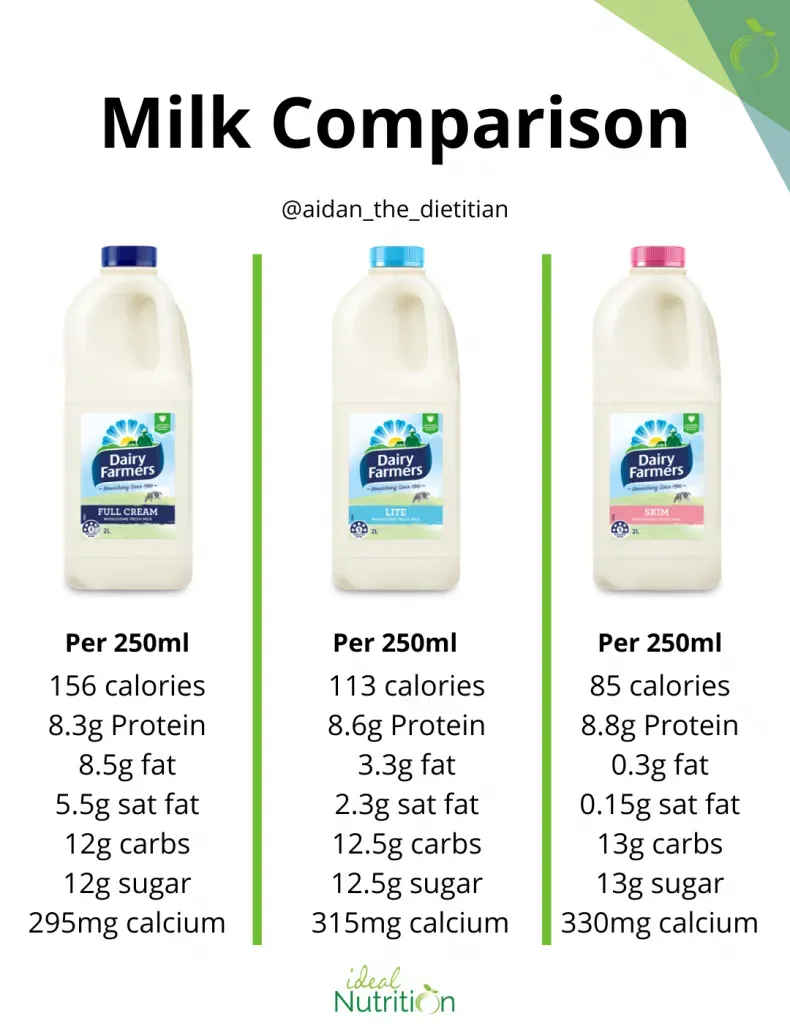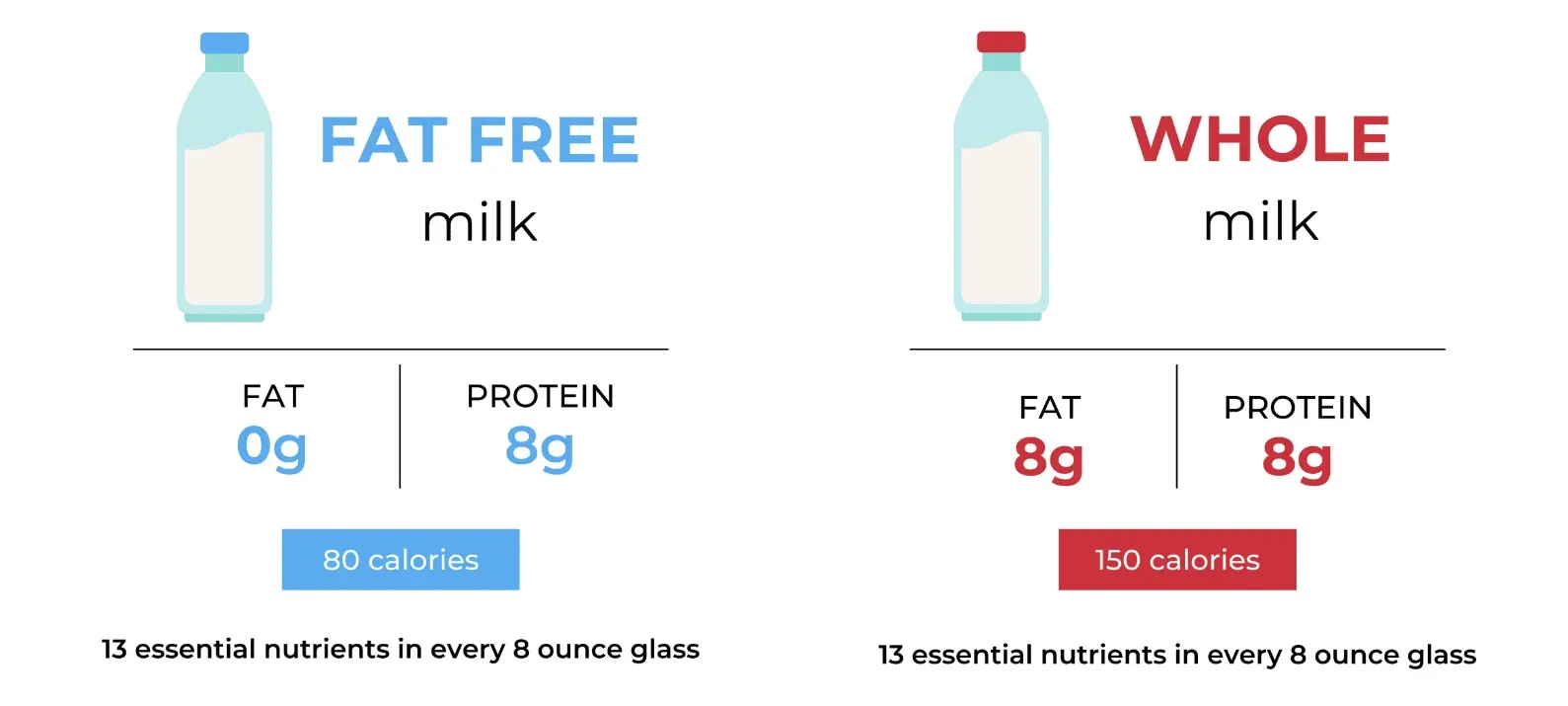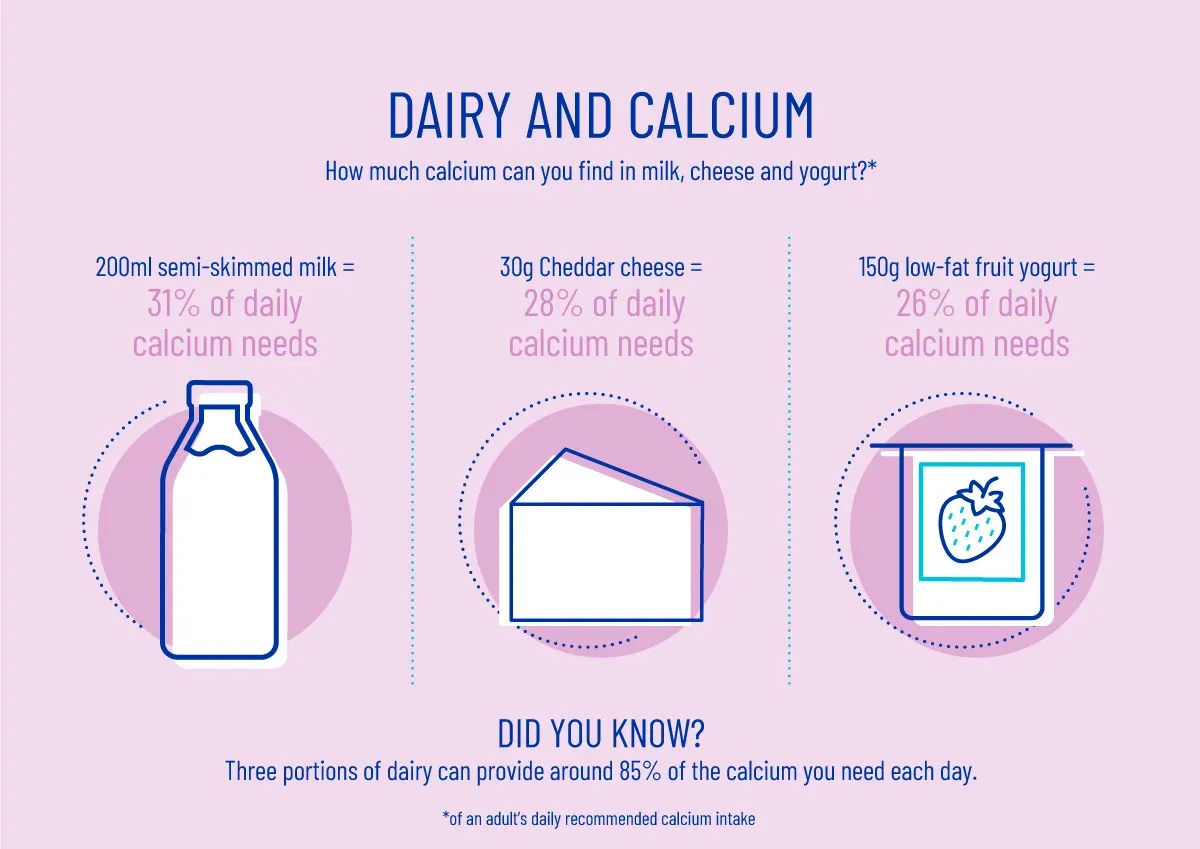Table of Contents
Walk down the dairy aisle these days and you're faced with more choices than ever before. Whole milk, 2%, 1%, skim, almond, oat, soy – it's enough to make your head spin. For years, we've been told to pick the lower fat options for our health. But if you're reaching for that carton of low fat milk, a question might pop into your head: does low fat milk have less calcium? It's a fair question, one that gets tossed around quite a bit. We all know calcium is critical for building and maintaining strong bones, the kind that don't decide to snap just because you tripped over the cat.
So, Does Low Fat Milk Actually Have Less Calcium?

So, Does Low Fat Milk Actually Have Less Calcium?
Getting Straight to the Point About Low Fat Milk and Calcium
Alright, let's cut to the chase. You're standing there, staring at the milk options, wondering if grabbing the 1% means you're shortchanging your bones compared to whole milk. The short answer to "does low fat milk have less calcium?" is, perhaps surprisingly, no. Generally speaking, when you remove fat from milk, you concentrate the non-fat components. And guess what? Calcium isn't buddies with the fat molecules. It hangs out in the watery part of the milk, the skim part, if you will.
Think of it like this: imagine you have a glass of orange juice with pulp. The juice is the liquid, and the pulp is, well, the pulp. If you filter out some of the pulp, you still have the same amount of juice, maybe even slightly more volume of pure liquid. In milk's case, removing the fat means the calcium-rich liquid component makes up a larger percentage of the remaining volume by weight or volume, depending on how you measure it. So, ounce for ounce, low-fat and skim milk often contain *slightly* more calcium than whole milk.
Why Removing Fat Doesn't Remove Calcium
This might seem counterintuitive at first. We often associate "fat" with the richness and substance of food. But milk's composition is complex. Calcium is a mineral, specifically bound to casein proteins and found dissolved in the whey. These elements are part of the aqueous (watery) phase of milk, not the lipid (fatty) phase. When milk is processed to reduce fat, whether it's down to 2%, 1%, or skim (non-fat), the fat globules are physically separated and removed.
The good stuff for your bones – the calcium, the phosphorus, the protein, the B vitamins – they mostly stay put in the liquid that's left behind. This is why the nutritional labels on different types of cow's milk show very similar calcium numbers per serving. The key distinction is the fat content, which impacts calories and the absorption of fat-soluble vitamins like A and D (though these are often added back to lower-fat milk anyway). So, the concern that "does low fat milk have less calcium" is largely unfounded when comparing it to its full-fat cousin.
Here's a quick look at typical calcium levels:
- Whole Milk (8 oz): ~300 mg
- 2% Milk (8 oz): ~305 mg
- 1% Milk (8 oz): ~310 mg
- Skim Milk (8 oz): ~315 mg
Where Calcium Lives in Milk (Spoiler: Not in the Fat)

Where Calcium Lives in Milk (Spoiler: Not in the Fat)
Unpacking Milk's Inner Workings
so if taking out the fat doesn't take out the calcium, where the heck is it hiding? Think of milk as a complex liquid mixture. You've got water, fats, proteins (like casein and whey), lactose (the sugar), vitamins, and minerals. Calcium is a mineral, and it's quite comfortable hanging out with the proteins, particularly casein. Casein forms little clusters called micelles, and a good chunk of milk's calcium is bound up within these micelles, or simply dissolved in the watery part of the milk known as the whey. The fat, on the other hand, forms separate globules suspended in the liquid. These fat globules are mostly just lipids, carrying fat-soluble vitamins (A, D, E, K), but they are not the primary residence for calcium.
Comparing Calcium Levels Across Milk Types

Comparing Calcium Levels Across Milk Types
Looking Closely at Cow's Milk Options
So, with the fat-doesn't-hold-calcium thing cleared up, let's stack up the different cow's milk options. You'd think that removing something (fat) might reduce everything across the board, but that's not how it works with calcium in milk. Because calcium is in the watery part, when you take fat out, that watery part becomes a slightly larger proportion of the remaining volume. This is why skim milk, which has virtually no fat, often has the same or even a few milligrams more calcium per serving than whole milk.
The difference is usually pretty small, maybe 5-15 milligrams per 8-ounce glass. It's not a make-or-break difference for hitting your daily calcium goals, but it certainly debunks the myth that going low-fat means sacrificing calcium. The primary nutritional differences between whole, 2%, 1%, and skim milk are their calorie count and fat content, not their calcium levels. They are all reliably good sources of this vital mineral.
How Plant-Based Milks Measure Up
Now, shift gears for a second and consider the plant-based alternatives. Almond, soy, oat, hemp – the list keeps growing. Naturally, the calcium content in these varies wildly depending on the source plant. An unfortified almond drink, for example, might have very little calcium on its own. This is where fortification comes in. Most manufacturers add calcium (usually calcium carbonate or tricalcium phosphate) and vitamins (like D and B12) to plant milks to make their nutritional profile closer to cow's milk.
A fortified plant milk is designed to deliver a similar amount of calcium per serving as cow's milk, often aiming for that 300 mg mark or slightly higher. It's crucial to check the nutrition label on these products. Some are heavily fortified, making them excellent calcium sources, while others might not be. Don't just assume they have calcium just because they are in the milk section.
Milk Type (8 oz serving) | Approximate Calcium (mg) | Notes |
|---|---|---|
Whole Cow's Milk | ~300 | Contains the most fat and calories |
2% Cow's Milk | ~305 | Reduced fat option |
1% Cow's Milk | ~310 | Even lower fat content |
Skim Cow's Milk | ~315 | Least fat and calories, often slightly more calcium |
Fortified Almond Milk | ~450 (varies by brand) | Calcium added during processing |
Fortified Soy Milk | ~300 (varies by brand) | Often fortified to match cow's milk |
Fortified Hemp Milk | ~450 (varies by brand) | Can be a very high source of calcium when fortified |
Boosting Bone Health Beyond the Low Fat Milk Carton

Boosting Bone Health Beyond the Low Fat Milk Carton
Finding Calcium in Unexpected Places
so we've established that obsessing over whether does low fat milk have less calcium compared to whole milk isn't the main event for bone health. Milk is a great source, no doubt, but it's not the *only* game in town. Relying solely on dairy, low fat or otherwise, is like trying to build a house with just one tool. You need a whole toolbox. Lots of other foods pack a serious calcium punch, often alongside other beneficial nutrients.
Think dark, leafy greens like kale, collard greens, and spinach (though spinach has oxalates that can hinder absorption a bit). Canned sardines and salmon with the bones are calcium powerhouses. Tofu, especially if it's calcium-set, is another solid option. Even foods you might not immediately think of, like broccoli, almonds, and white beans, contribute to your daily calcium tally. Diversifying your diet means you're not putting all your bone eggs in one basket.
Vitamin D and Other Bone Buddies
Calcium doesn't work alone. It needs a wingman, and that wingman is Vitamin D. Without enough Vitamin D, your body can't properly absorb the calcium you're consuming, no matter how much milk you drink or how many sardines you eat. Sunlight is a natural source, but getting enough purely from sun exposure can be tricky depending on where you live, the time of year, and your skin type. This is why milk (both cow's and many fortified plant-based versions) often has Vitamin D added. Fatty fish, egg yolks, and fortified cereals and juices are other dietary sources.
But wait, there's more! Other nutrients play supporting roles in bone health too. Vitamin K helps calcium bind to the bone matrix. Magnesium is crucial for Vitamin D activation and calcium absorption. Phosphorus is a key component of bone mineral structure. It's a team effort, not a solo performance by calcium.
- Calcium-Rich Foods (Non-Dairy):
- Kale and Collard Greens
- Canned Sardines (with bones)
- Calcium-Set Tofu
- Fortified Orange Juice
- Almonds
- White Beans
Exercise: The Bone Builder You Can't Eat
You can drink all the milk and eat all the kale in the world, but if you're not putting some stress on your bones, they won't get stronger. Bones respond to load. Weight-bearing exercises, where your body works against gravity, are essential for building and maintaining bone density. Think walking, jogging, hiking, dancing, and strength training. Lifting weights, even just your own body weight in exercises like squats and push-ups, tells your bones, "Hey, we need to be strong here!"
Sitting around, even if you're sipping on calcium-fortified something, isn't doing your skeleton any favors. A sedentary lifestyle is a fast track to weaker bones over time. It's like having a high-performance car and leaving it parked in the garage – all the potential is there, but it's not doing what it was built to do. So, lace up those shoes, hit the gym, or just take a brisk walk. Your bones will thank you for the workout.
The Final Word on Low Fat Milk and Calcium
So, let's cut to the chase: does low fat milk have less calcium? The answer is a clear no. Calcium in milk is primarily found in the watery portion, not bound up in the fat molecules. When fat is removed to create 2%, 1%, or skim milk, the calcium remains. In fact, because fat takes up volume, a cup of skim milk often contains slightly *more* calcium than a cup of whole milk simply because there's less fat displacing the calcium-rich liquid. The concern isn't about losing calcium when choosing lower fat options. It's about ensuring you meet your overall daily calcium needs, whether that comes from dairy, fortified plant milks, or other food sources like leafy greens and fortified foods. Your bone health strategy needs to be broader than just the fat content of your milk.
